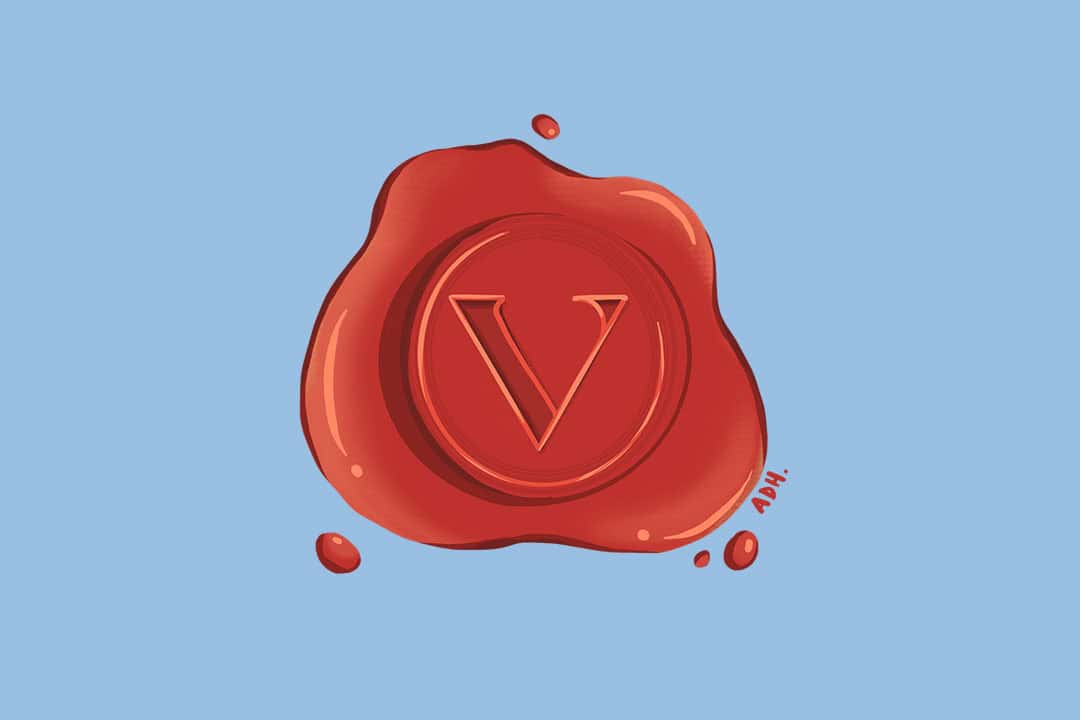I’m not the first person to make this observation, but U of T has a reputation for being a non-athletic school. This idea is simply wrong. Both historically and contemporarily, U of T has an incredibly strong athletics program that I would grandly proclaim — with bias — as one of the most underrated in Canada.
The NHL’s playoff MVP trophy is named after legendary U of T alumnus Conn Smythe. U of T alumni represented Canada in ice hockey and won gold at the 1928 Olympics in Switzerland. The Varsity Blues won the inaugural Grey Cup and we now have four Grey Cups to our name. U of T’s athletic history runs deep and in places, you might not expect.
Today, our swimming program regularly sweeps Ontario University Athletics (OUA) awards. Among their alumni is world-class swimmer and captain of the Canadian Olympic swimming team Kylie Masse who has won five Olympic medals (two silver and three bronze) over three Games (Rio 2016, Tokyo 2020, and Paris 2024). Last year, the women’s ice hockey team won silver at the U SPORTS Championship. Our dance team dominates in competitions and our racquet sports program picks up OUA championships like there’s no tomorrow.
Our athletes regularly get drafted or signed to professional leagues across the world. There are really too many to name here, but some standouts are soccer winger Dapo Afolayan, who recently got promoted to the Bundesliga in Germany; Callum Baker, who was drafted second overall this year in the Canadian Elite Basketball League — which is the highest level of domestic basketball; and of course our UofT-lympians. Athletes like Michelle Li, Heather Bansley, Jazz Shukla, and Lucia Stafford represented our nation at the Paris 2024 Olympics and are Team Canada staples in their respective sports.
This is part of the fun about collegiate athletics. You get the opportunity to watch and scout the stars who might go on to be trailblazers in their sports. You can watch Masse on the podium and say, “I watched her dominate the water for my school.” Maybe that Varsity Blues athlete you watch after class — the one you share a tutorial with — may become a world-class Olympian.
It’s unfathomable to me that these student-athletes pursue perfection in their bodies and sport all the while completing degrees, stressing about essays, and planning for exams. Along with a huge network of coaches, staff, kinesiology students, event planners, and game day hosts, the Blues are supported by a huge network of students in our community that make the Varsity Blues what it is today. In the labyrinth of the 100,000-person community of U of T, the Blues are truly a uniting force.
With regular home games throughout the year and stadiums and arenas close to St. George campus, Varsity Blues games are incredibly accessible. You could pop by the Varsity Arena after lecture and catch competitive sports almost every week — and I highly recommend that you experience the unique atmosphere that only collegiate sports can provide. Not to mention that tickets are free for all U of T students.
My goal this year as Sports Editor is to provide top-notch coverage of our fellow students who proudly wear our logo and name on their chest, leaving their sweat and blood on the court, ice, and field. Along with entertaining and relevant articles as well as fascinating U of T sports history, I hope to bring you the pride and joy I feel when the Blues put those points on the board. I can’t wait to see you at the Varsity Stadium losing my voice and losing my mind.



No comments to display.